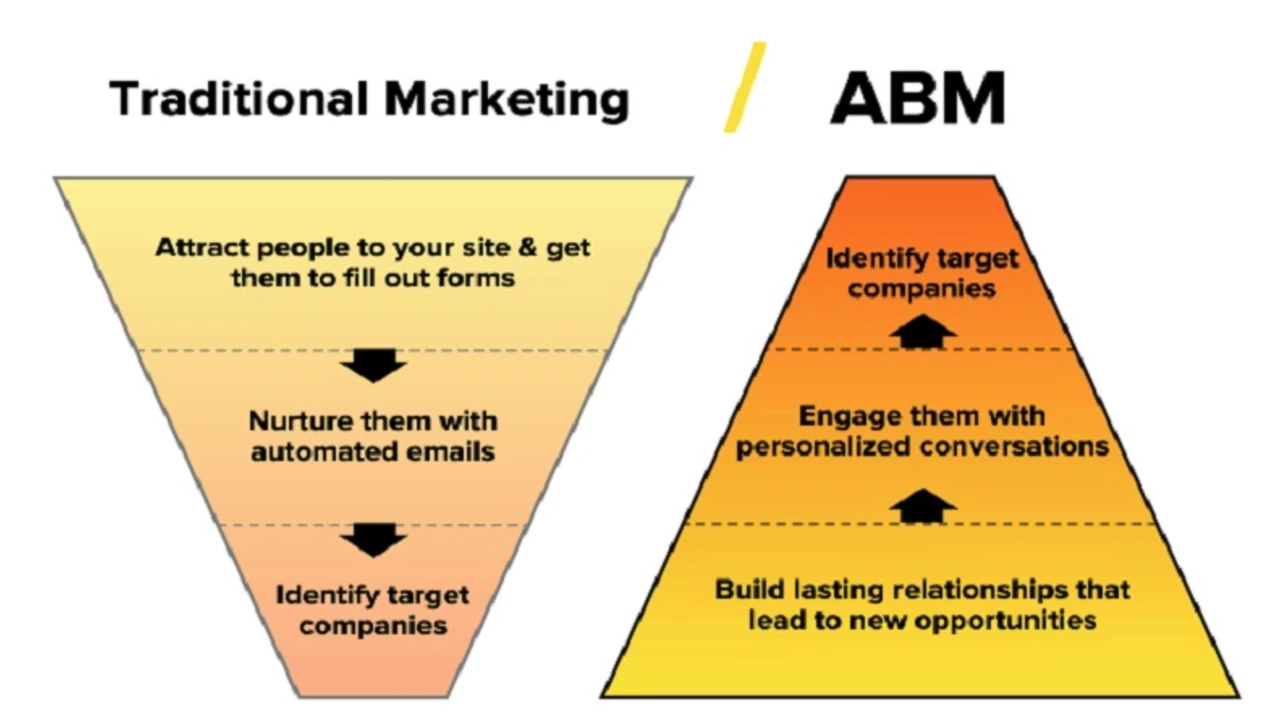Tobacco Sponsorship in Motor Sports – What’s the Story?
If you’ve ever watched a race with big brand logos flashing on the cars, you’ve probably wondered why a cigarette pack ever shared the spotlight with a high‑speed machine. The answer lies in a clever mix of marketing, loopholes, and the quest for brand buzz. In this category page we’ll break down the why and how, using real examples from the past, so you can see the business side of the sport.
Why Tobacco Brands Chose the Track
Tobacco companies needed a way to stay visible after TV ads were banned in many countries. Motor sports offered a perfect stage: fast cars, glamorous drivers, and a global audience. The excitement of a race matched the “cool” image that smokers wanted to sell. By putting their logos on cars, helmets and pit crews, they turned a sport into a moving billboard that reached millions without breaking the law.
Another reason was the demographic match. Racing fans tended to be adults with disposable income – exactly the people tobacco firms wanted to target. The sponsorships also let brands tap into the loyalty fans have for their favorite teams. When a driver wore a cigarette logo, fans often associated that brand with the driver’s skill and success, even if they never saw a traditional ad.
The Business Impact and Lessons Today
From a financial perspective, tobacco money pumped a huge amount of cash into racing teams. That cash helped develop better cars, fund research, and even lower ticket prices for fans. The sport grew faster than it might have otherwise. However, the partnership also drew criticism because it linked a health‑risk product with an adrenaline‑filled pastime.
When advertising restrictions tightened in the 1990s, many tobacco firms pulled out, leaving a funding gap that teams struggled to fill. This shift forced the industry to look for new partners – think tech firms, energy drinks, and automotive brands. The lesson? Relying on a single type of sponsor can be risky. Diversify your revenue streams, and keep an eye on changing regulations.
Today, the legacy of tobacco sponsorship shows how marketing can adapt to rules, but also how public perception can turn quickly. Modern sponsors learn from that history: they focus on branding that aligns with health and sustainability, rather than products that could harm the audience.On this Business & Industry News page, you’ll find more stories like this – deep dives into the money moves that shape motor sports. Whether you’re a fan curious about the business side, a professional looking for industry trends, or just someone who likes a good behind‑the‑scenes tale, we’ve got you covered. Stay tuned for fresh updates, analysis, and the occasional surprising fact that makes you see the track in a new light.

